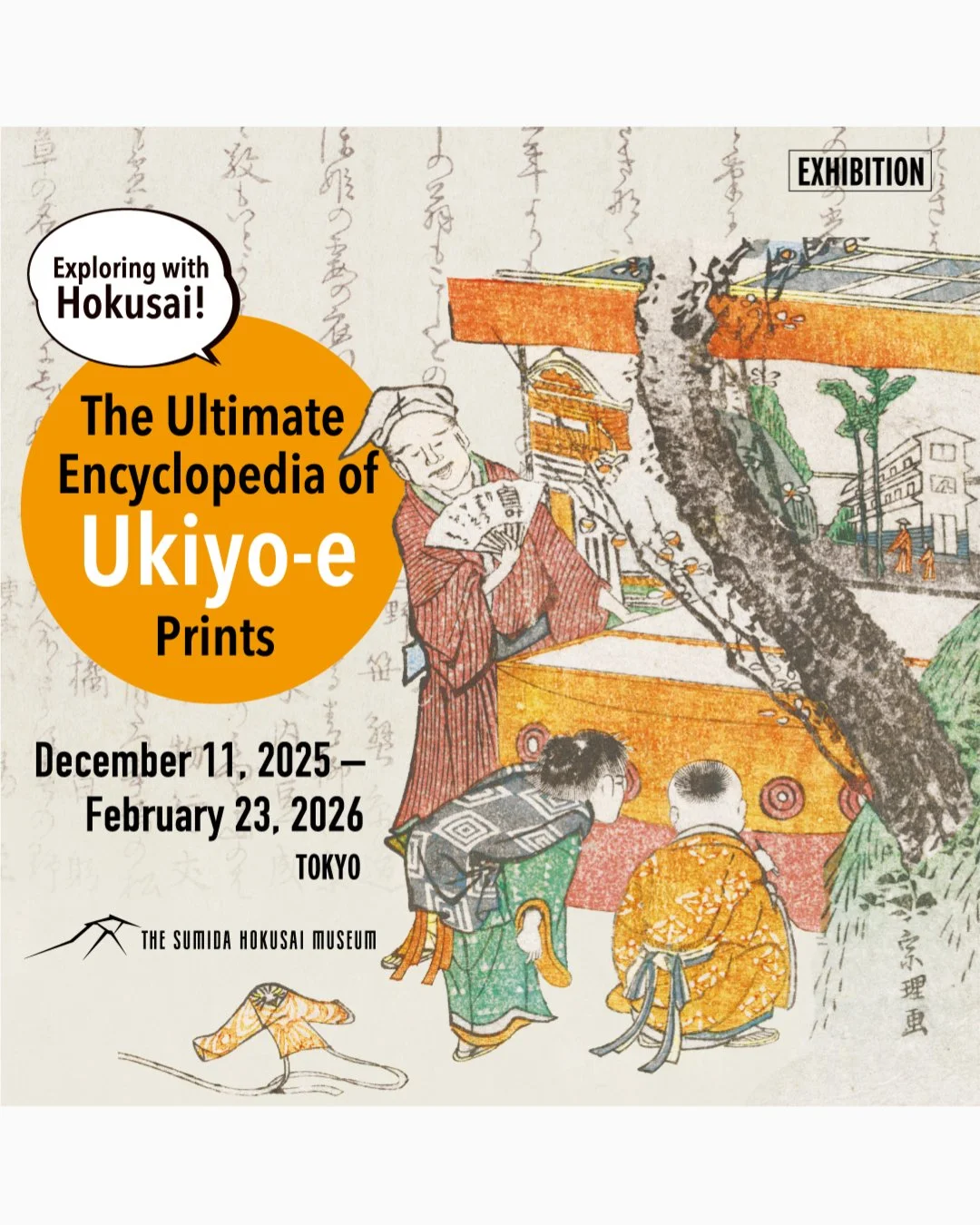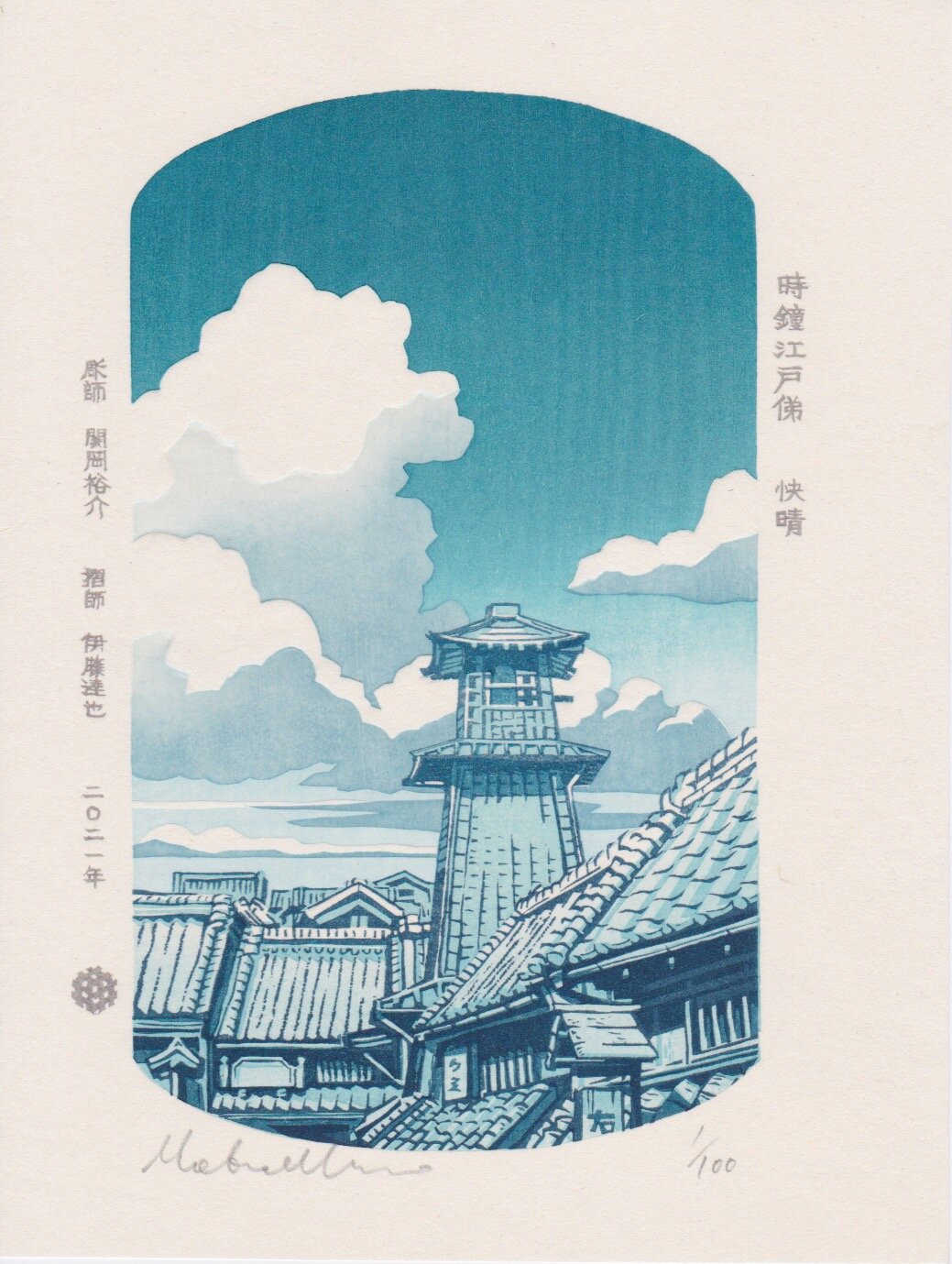HOME (Test)
The creation of ukiyo-e involves three artisans; the illustrator, the woodcarver, and the printer. The two David Bowie ukiyo-e were released in the summer of 2018 in a limited edition of 200, after 6 months of work and printing over 30 layers of color apiece.
The washi (Japanese paper) used is a specific type of paper called Echizen Kizuki Housho that is both strong and supple. These qualities are inevitable for printing ukiyo-e as one single paper undergoes over 30 print passes, with the printer pressing firmly with his baren (printing pad) to transfer the ink from woodblock to paper. Echizen Kizuki Housho is handcrafted in Fukui prefecture and has been used for ukiyo-e and Japanese paintings for over 300 years.
ABOUT US
-
With offices in LA and in Tokyo, UKIYO-E PROJECT is a contemporary ukiyo-e publisher founded by Yuka Mitsui in 2014 to keep the ukiyo-e craftsmanship thriving by creating a new market for their traditional skills. As the words “ukiyo” and “e” mean “present” and “image” respectively, ukiyo-e naturally depicted popular trends and cultures of their times. Staying true to this philosophy, UKIYO-E PROJECT immortalizes iconic stars and landscapes of today through traditional woodblock prints, which continue to receive extensive press and have been acquired by international institutions such as the British Museum, the Museum of Applied Arts in Vienna (MAK), and the Miami University Libraries.
-
Ukiyo-e are multi-coloured woodblock prints, and is a traditional Japanese craft that developed during early to mid Edo Period (1650's - 1750's) that is still continued even to this day. Ukiyo-e traditionally reflected the society of its time, and depicted iconic figures and scenes from daily life, such as beautiful women, famous kabuki actors and sumo wrestlers, and popular tourist spots. It was a source of information from which the people of the Edo period obtained news on current affairs and trending topics.
-
The creation of ukiyo-e requires four people: an illustrator, a woodcarver, and a printer, and a publisher who gathers the three artisans together and commissions the work. This teamwork process is unique to Japan, and has come to be considered an important, cultural heritage.
NEWS
STORE
FAQs
-
Unfortunately, we find it quite difficult to operate in the original business model of the Edo period, since so much has changed: back then, there were thousands of ukiyo-e artisans which sped up the creation process, and ukiyo-e was a form of “media” from which the people of the Edo period would obtain the latest news and fashion trends. It was therefore easily accessible, similar to postcards today.
But in the 19th century ukiyo-e was gradually replaced by the development of printing technologies (cameras, printers, etc) which caused the population of artisans to drop dramatically - there only remains a handful left today. With Japonisme, and ukiyo-e starting to be appreciated by European artists such as Monet and Van Gogh, and collected by major foreign museums such as the Boston's Museum of Fine Art and the Met in NY, people started to appreciate ukiyo-e as "art" instead of "media".
-
Because ukiyo-e and its craftsmanship are precious, cultural assets that are packed with Japanese values and philosophy. The collaborative process, between a team of artisans led by the publisher, is an art form that is unique to Japan. With very little waste produced throughout the creation process and using mostly natural materials, ukiyo-e is also environmentally friendly. Creating reproductions of historical pieces by masters Hokusai, Hiroshige, and Kuniyoshi etc is a vital process to maintain this craft, but at the same time it is important to create new works to keep this tradition relevant to contemporary society.
Since there are few artisans left today (other than artists, woodcarvers, and printers, craftsmen such as washi makers, brush makers, and rubbing pad makers are required to create ukiyo-e), naturally it takes more time and money to produce each piece. While it is physically possible to sell more for a lesser price, it doesn't create a sustainable system in the long run in this age. Our ultimate goal at UKIYO-E PROJECT is to contribute in the continuation of this craft, so it is really important to us that the artisans are happy and comfortable working with us.
-
He answered that it shouldn't be put to compete against one another as a means of printed media, but as a means of artistic expression. It is interesting to note that even Sekioka-san, as an ukiyo-e artisan, today focuses on ukiyo-e's power as art rather than media.
















